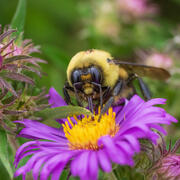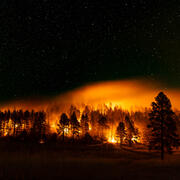Agricultural Practices
The significance placed on environmentally responsible land management is based in part on public recognition that social, aesthetic, and recreational values enhance the traditional uses of agricultural land. SEA scientists generate science-based information needed to guide management actions and policy decisions that support wildlife habitat and other environmental services compatible with both U.S. Department of Agriculture (USDA) conservation goals and land managers. Under guidance from the USDA Farm Service Agency, SEA scientists provide biological, social, and economic information that integrates agriculture and conservation for USDA conservation programs. Results are provided to Federal and State conservation agencies and nongovernmental organizations.








